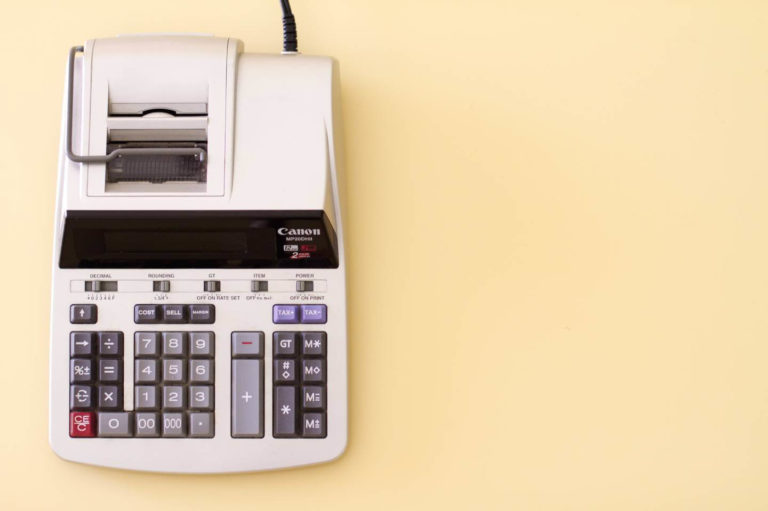Closing entry, closing journal, or ‘closing the books’ are made at the end of an accounting period, it is when you balance out temporary accounts and transfer their balances into permanent accounts. Essentially, you are closing or resetting temporary accounts at the end of the year.
Any amount appearing in an account period should be closed or brought to zero, to avoid being mixed with the next period. Temporary accounts consist of the following accounts; revenue, income and gain accounts, expense and loss accounts, dividend, drawings or withdrawal accounts, and income summary accounts – these are the only types to be closed, permanent accounts are never closed.
Permanent accounts track the activities that are longer than an accounting period, they act as balance sheet accounts.
Types of closing entry
Temporary accounts can be closed directly to a retained earnings accounts, or to an income summary account. If you choose the latter, you can close the income summary accounts to the retained earnings account.
If you close all temporary accounts to the income summary account, you will leave an audit trail for accountants to follow. The total displayed in the income summary account once all temporary accounts have been closed, should be equal to the net income for the period. If you want to save a step, you can close all temporary accounts to the retained earnings account. There’s usually no need to close temporary accounts to the income summary account, because you’re doubling your work as you’ll have to close it again.
However, choosing either step is acceptable and both result in the same outcome.
Step-by-step guide to close entry
-
Close your revenue accounts
- Clear the balance of the revenue account by debiting revenue and crediting the income summary.
-
Close the expense account
- Clear any balance of the revenue account by debiting revenue and crediting the income summary.
-
Close income summary
- Close the income summary account by debiting income summary and crediting retained earnings.
-
Close dividends
- Close the dividends account by debiting retained earnings and crediting dividends.
The purpose of closing entries is to prepare the temporary accounts for the next accounting period. Basically, the income and expense accounts are restarted.
What happens if I don’t close entries?
If the close entries journal is not posted then there will be discrepancies in the financial statement reports. Not having an accurate depiction of change in retained earnings might mislead others about the financial position of your company. There are strong account regulations and policies which restrict business to abuse loopholes when producing their financial reports. Having an accurate income summary accounts is helpful to the accountant as it provides a trail of accounting closing entries for each financial transaction.
If you need help with your accounting, Holded’s online accounting software can automate your accounting using it’s performance driven platform. You can automate entries for all billing documents, and easily match your accounting to all your other operations. You can manage all of your accounts, track payments, sales, expenses and all other accounts in real time, from start to finish.











